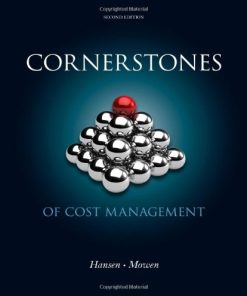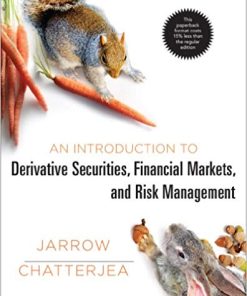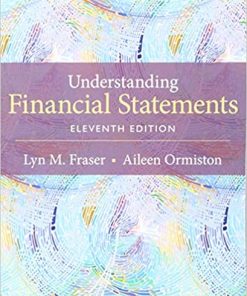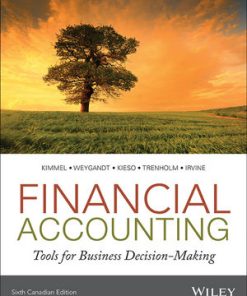This comprehensive test bank is specifically designed for students using the Personal Finance 7th Canadian Edition by Kapoor. It provides an extensive set of true/false questions to assess your understanding of money management strategies, financial statements, and budgeting concepts from Chapter 2.
Sample Questions from Chapter 2 – Money Management Strategy: Financial Statements and Budgeting
- When one money management decision is made, something else must be given up.
- Answer: TRUE
- Difficulty: Easy
- Objective: Understand the connections between financial documents and money management activities.
- Opportunity costs are not limited to decisions impacting long-term financial security.
- Answer: FALSE
- Difficulty: Medium
- Objective: Identify connections between financial documents and effective money management practices.
- Important financial records that are frequently needed should not be stored in a safety deposit box.
- Answer: TRUE
- Difficulty: Easy
- Objective: Develop a method for organizing and managing personal financial records.
- A budget is more than just a record of past spending—it is a plan for managing future expenses.
- Answer: FALSE
- Difficulty: Medium
- Learning Objective: Create and implement a budget.
- Personal records, such as a current budget, checkbook(s), and bank statements, are examples of financial documents.
- Answer: FALSE
- Difficulty: Easy
- Goal: Establish an efficient system to maintain and organize financial documents.
- Most income tax-related documents should be stored in a safety deposit box.
- Answer: FALSE
- Difficulty: Medium
- Focus: Design a reliable process for keeping personal financial records up to date.
- Insolvency occurs when liabilities exceed assets, making it impossible to pay debts by their due dates.
- Answer: TRUE
- Difficulty: Medium
- Goal: Create a personal balance sheet and analyze cash flow effectively.
- Net worth is calculated by subtracting the total amount owed to others from the total value of assets owned.
- Answer: TRUE
- Difficulty: Medium
- Objective: Build and interpret a personal balance sheet along with a detailed cash flow statement.
- Items like furniture, jewelry, and automobiles are considered liquid assets.
- Answer: FALSE
- Difficulty: Medium
- Objective: Create and analyze a personal balance sheet and cash flow statement.
- Short-term liabilities are debts that need to be settled within a brief period, typically under one year.
- Answer: TRUE
- Difficulty: Easy
- Focus: Learn to create and evaluate personal balance sheets and cash flow reports
This test bank is an essential tool for mastering personal finance concepts, helping students to prepare effectively for exams and understand key money management strategies.













Reviews
There are no reviews yet.